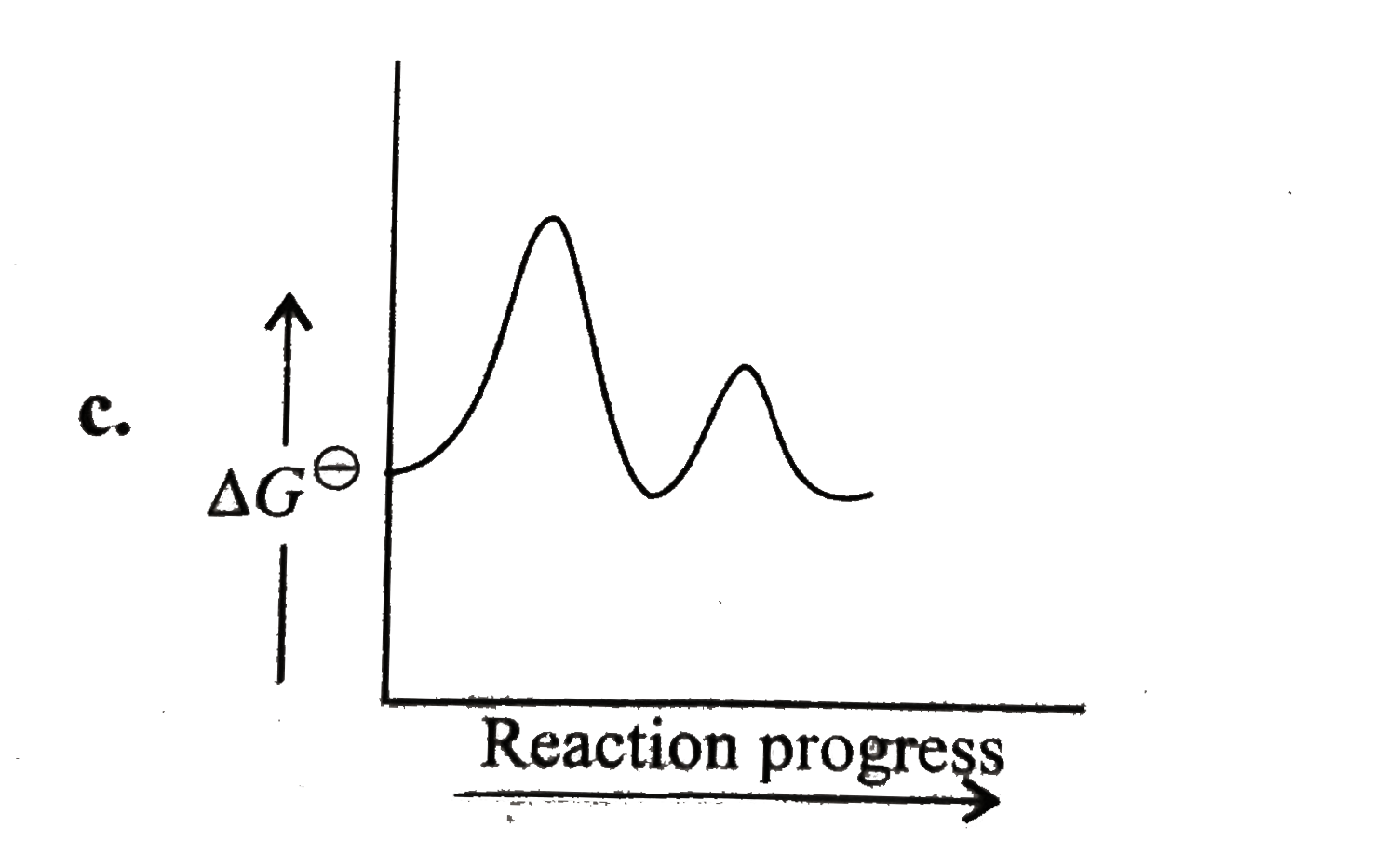ROOR'+H2O(HCl)→RCOOH+R'OH
What type of reaction is this ?
To determine the type of reaction represented by the equation:
R-O-R'+H2OHCl−−→RCOOH+R'OH
we can follow these steps:
Step 1: Identify the Reactants and Products
The reactants in this reaction are an ester (R-O-R') and water (H2O), and the products are a carboxylic acid (RCOOH) and an alcohol (R'OH).
Hint: Look for functional groups in the reactants and products to identify the type of reaction.
Step 2: Recognize the Reaction Type
This reaction involves the conversion of an ester into a carboxylic acid and an alcohol through the addition of water. This process is known as hydrolysis.
Hint: Recall that hydrolysis typically involves breaking down a compound by reaction with water.
Step 3: Determine the Conditions of the Reaction
The reaction is carried out in the presence of hydrochloric acid (HCl), which acts as a catalyst. This indicates that the reaction is facilitated by an acidic medium.
Hint: Consider how acids can influence the rate and mechanism of hydrolysis reactions.
Step 4: Classify the Reaction Order
Although the reaction might appear to be second-order (due to two reactants), it is classified as a pseudo unimolecular reaction. This is because water is in excess and its concentration remains relatively constant throughout the reaction, making the reaction rate dependent primarily on the concentration of the ester.
Hint: Think about how the concentration of reactants affects the overall order of the reaction.
Step 5: Conclusion
Thus, the type of reaction is hydrolysis of an ester, and it is classified as a pseudo unimolecular reaction.
Final Answer: The reaction is a hydrolysis of an ester and is classified as a pseudo unimolecular reaction.
---
The reactants in this reaction are an ester (R-O-R') and water (H2O), and the products are a carboxylic acid (RCOOH) and an alcohol (R'OH).
This reaction involves the conversion of an ester into a carboxylic acid and an alcohol through the addition of water. This process is known as hydrolysis.
The reaction is carried out in the presence of hydrochloric acid (HCl), which acts as a catalyst. This indicates that the reaction is facilitated by an acidic medium.
Although the reaction might appear to be second-order (due to two reactants), it is classified as a pseudo unimolecular reaction. This is because water is in excess and its concentration remains relatively constant throughout the reaction, making the reaction rate dependent primarily on the concentration of the ester.
Thus, the type of reaction is hydrolysis of an ester, and it is classified as a pseudo unimolecular reaction.
Topper's Solved these Questions
- CARBOXYLIC ACIDS AND THEIR DERIVATIVESBOOK - CENGAGE CHEMISTRY ENGLISHCHAPTER - CARBOXYLIC ACIDS AND THEIR DERIVATIVESEXERCISE - Solved Examples
17 Videos
- CARBOXYLIC ACIDS AND THEIR DERIVATIVESBOOK - CENGAGE CHEMISTRY ENGLISHCHAPTER - CARBOXYLIC ACIDS AND THEIR DERIVATIVESEXERCISE - Exercises (Subjective)
19 Videos
- BIOMOLECULESBOOK - CENGAGE CHEMISTRY ENGLISHCHAPTER - BIOMOLECULESEXERCISE - Exercises Archives (Analytical And Descriptive)
8 Videos
- CHEMICAL KINETICSBOOK - CENGAGE CHEMISTRY ENGLISHCHAPTER - CHEMICAL KINETICSEXERCISE - Archives Subjective
23 Videos
Similar Questions
CH3COOC2H5(aq)+H2O(l)H+(aq)−−−−−→CH3COOH(aq)+C2H5OH(aq). What type of reaction is this?
View SolutionFor the reaction, R−XSlow−−→R⊕+X⊕,
R⊕+ɵOHFast−−→ROH
Which type of reaction coordinate diagram represents the above reaction mechanism?



d. This is SNl reaction where no tranistion state will be present
View Solution
Knowledge Check
R−OH+HX→R−X+H2O
In the above reaction the reactivity of different alcohols isAtertiary > secondary > primaryBtertiary < secondary < primaryCtertiary > primary > secondaryDsecondary > primary > tertiary
Identify the type of reaction
NaOH+HCl→NaCl+H2O
View SolutionAssertion (A) : The order of the reaction,
CH3COOC2H5+H2O⇔CH3COOH+C2H5OH
is 2. Reason (R ): The molecularity of this reaction is 2.
View SolutionThe acidity of the compounds RCOOH,H2CO3,C6H5OH,ROH decreases in the order:
View SolutionR−OH+HX→R−X+H2O
In the above reaction the reactivity of different alcohols is
View SolutionRCOOH→RCH2COOH. This conversion is known as reaction:
View SolutionReaction (A) S−2+4H2O2→SO2−4+4H2O
(B) Cl2+H2O2→2HCl+O2
The true statement regarding the above reactions is :
View SolutionWhich of the following statements are correct about the following reaction :
R−O∣∣C−OH+R'OHH⊕⇐⇒RCOOR'+H2O
(a)Rate =K[RCOOH][R'OH][H+]. First order in acid, alcohol, and H⊕ , third order overall.
(b)Rate : K[RCOOH][R'OH]. First order in acid and alcohol , second order overall.
(c)Slow and rate-determining step (R.D.S) is the addition of alcohol to the protonated acid.
(d)Slow and rate-determining step (R.D.S) is the addition of acid to the protonated alcohol.
View Solution
